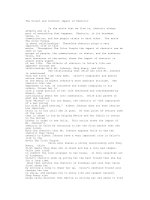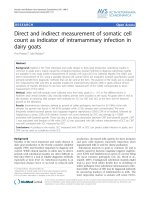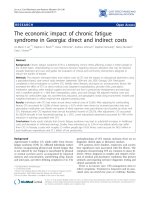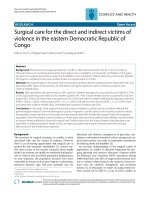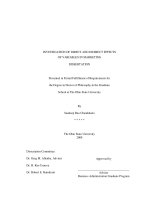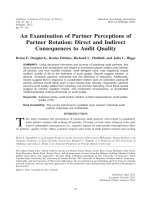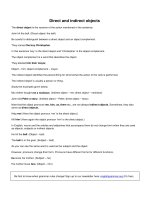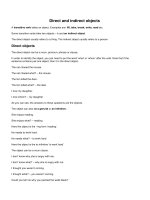Direct and indirect objects
Bạn đang xem bản rút gọn của tài liệu. Xem và tải ngay bản đầy đủ của tài liệu tại đây (12.77 KB, 1 trang )
Direct and indirect objects
Some transitive verbs are followed by two objects – one direct object and one indirect object.
I bought him a present.
She told us a story.
He taught me English.
In sentence 1, present is the direct object of bought and him is the indirect object.
I bought …what? A present (Direct object)
I bought …to whom? Him (Indirect object)
Similarly, in sentence 2, story is the direct object and us is the indirect object. In sentence 3, English is the direct
object and me is the indirect object.
Notes
The indirect object usually refers to a person and the direct object usually refers to a thing.
The complement
Study the following examples:
Dogs bark.
Birds fly.
The wind blows.
The intransitive verbs (bark, fly and blows) in the above sentences express a complete thought without the help of
any other words. Hence they are called verbs of complete predication.
Now study the following examples:
She seemed…
The boy was…
Here the verbs seemed and was are verbs of incomplete predication because they do not express a complete
thought. A word or phrase has to be supplied to complete their sense.
She seemed upset / angry/ disturbed / worried.
The boy was singing / reading / dancing / playing.
The word or phrase thus added to complete the meaning of a verb is called its complement.
Stay on top of your writing! Download our grammar guide from www.englishgrammar.org to stay up-to-date.
Powered by TCPDF (www.tcpdf.org)
